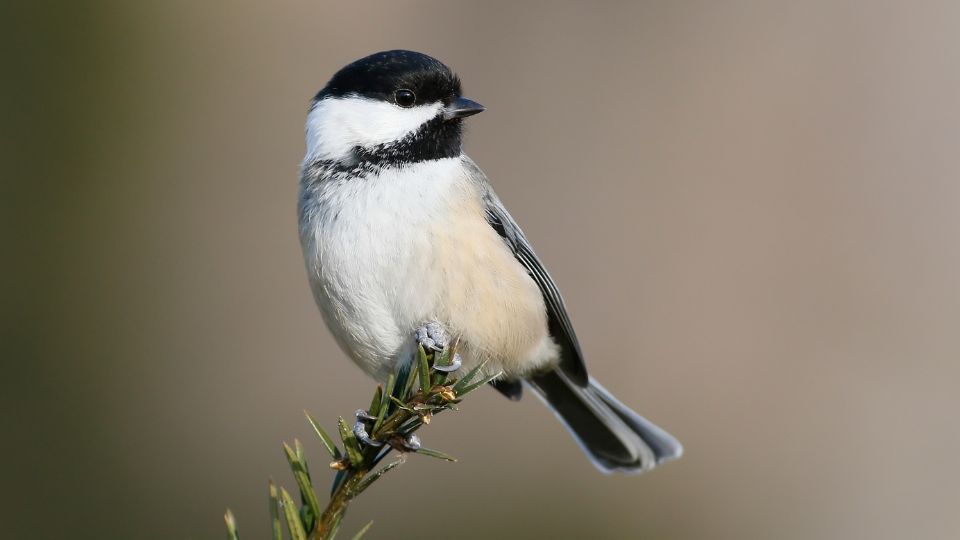Chickadee nests are assembled with soft natural materials like twigs, moss, and rabbit fur. Nests are built in the trunk of a tree about 20 cm deep, and the cavity is excavated by both the chickadee parent birds. Chickadees will nest in old woodpecker holes, rotted tree holes, and nesting boxes.
Chickadees are friendly birds that are permanent residents in North America year-round. You’ll find them swooping down for a sunflower seed at your bird feeder and burying it in a nearby branch for later.
Their wintertime habits are wildly known, but what about the breeding season? Where do Chickadees build their nests, and how many broods do they raise in a single season? Keep reading below to answer your burning Chickadee questions and some helpful tips to attract these lovely songbirds to your backyard this spring!
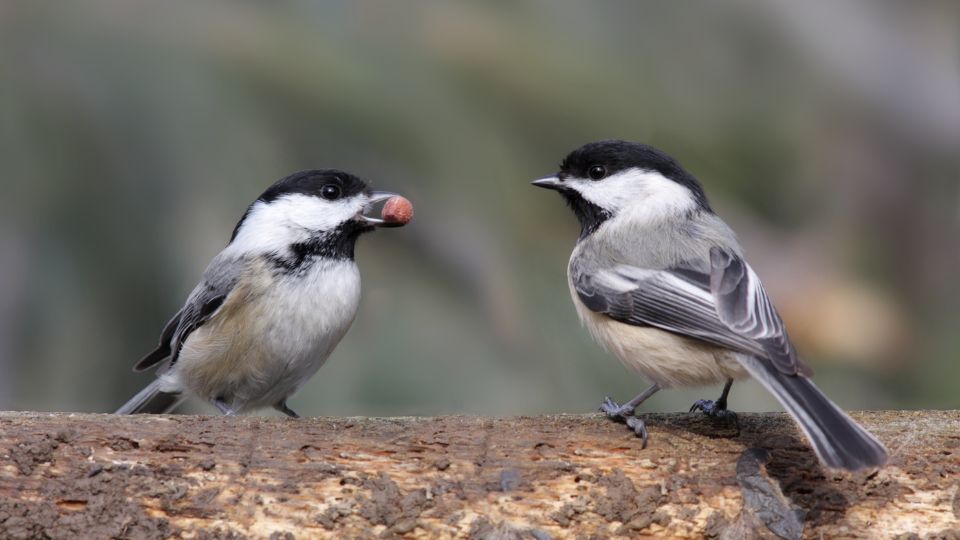
Chickadee Mating Season
The Black-capped chickadee is a full-time resident of North America, so they don’t waste any time getting started! Mating season for these chickadees often begins in mid-March. During this time, the Black-capped chickadee searches for cavities in trees or other spaces to build their perfect nest.
By April, chickadees are busy gathering materials such as moss and even pet hair in preparation for their first (and only) brood of the breeding season. The male chickadee has a fee-bee call with two whistling notes in close succession to attract a mate.
Unlike other songbirds, the male chickadee doesn’t engage in serious mating rituals (like the mockingbird, for instance) to attract a mate. The male chickadee plays more of a defensive game when mating, rather than an offensive position.
The springtime fee-bee call is not only to call out to a mate but also to warn other male Chickadees to stay away from their territory. Once a nest is built, the female chickadee starts laying eggs in early May.
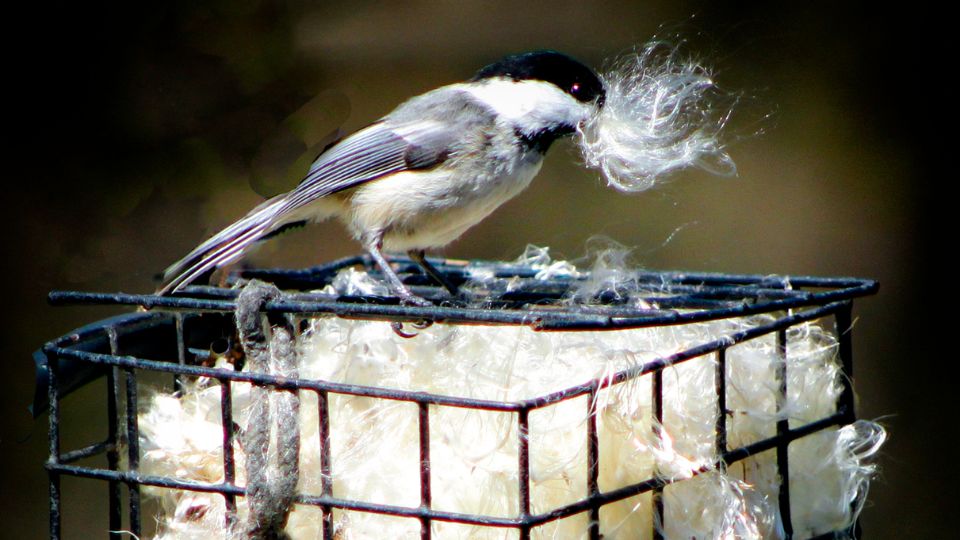
What Do Chickadee Nests Look Like?
When a nesting place is determined, the female chickadee builds her nest alone. Chickadee nests are 1-inch deep, cup-like in shape, and measure 2 3/8 inches across.
Nests are primarily made from soft grass, twigs, moss, and pet hair. While they are primarily built in the cavities of a tree, they also build nests inside nesting boxes, so long as they meet their rigid requirements!
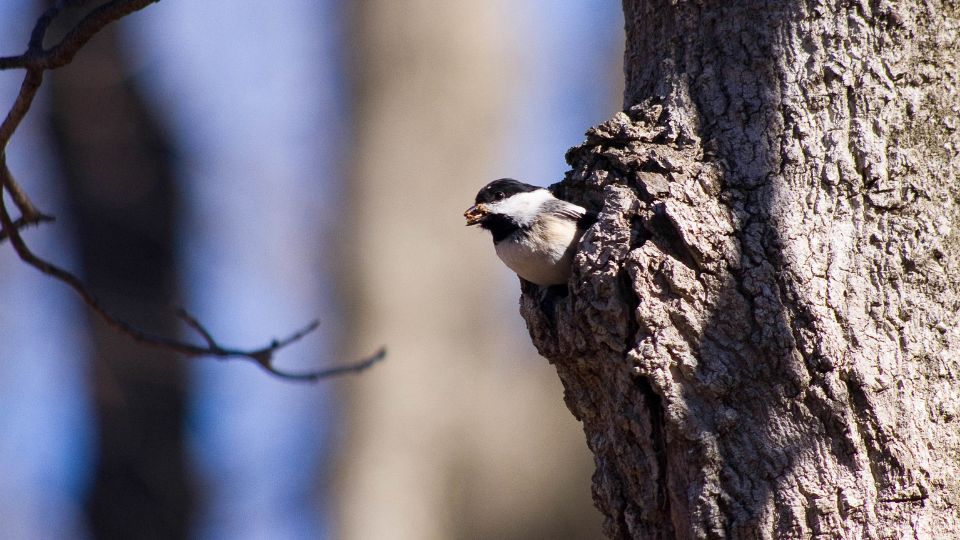
Where Do Chickadees Build Their Nests?
Chickadees are cavity-dwelling birds. Sometimes, they find a hole in a dead tree or even use the old nest of a woodpecker. If they can’t find an appropriate hole, both male and female Chickadee create a hole by packing away at the tree’s bark.
Making their nest cavity is labor intensive, and both birds work at chipping away at the bark. Working together takes up to 10 days to create a hole measuring 5 inches deep.
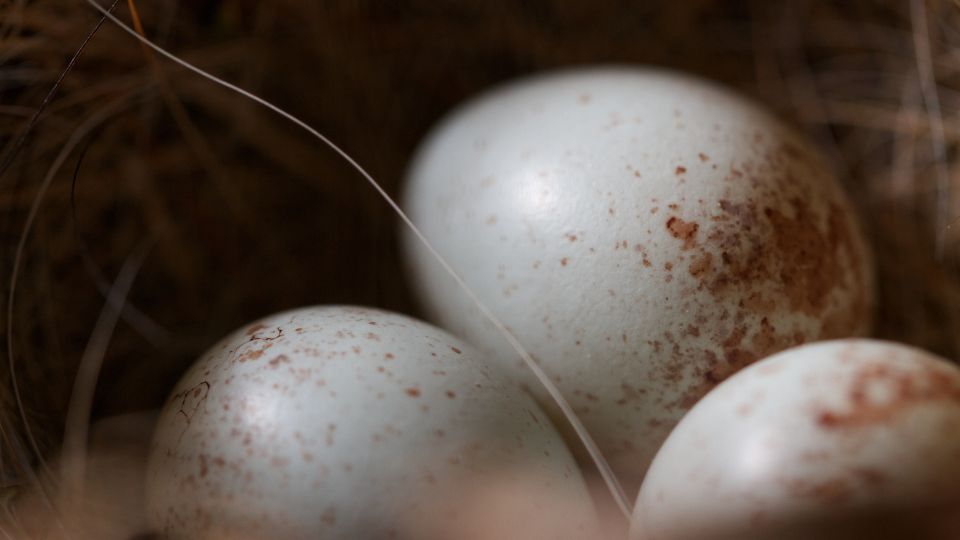
What Do Chickadee Eggs Look Like?
Chickadee eggs are so tiny. They measure 0.65 inches long and 0.59 inches wide. The eggs are typically a shade of off-white with speckles of red concentrated at one end. Even though there are 15 different species of chickadee peppered throughout North America, the color of eggs doesn’t change much across other species.
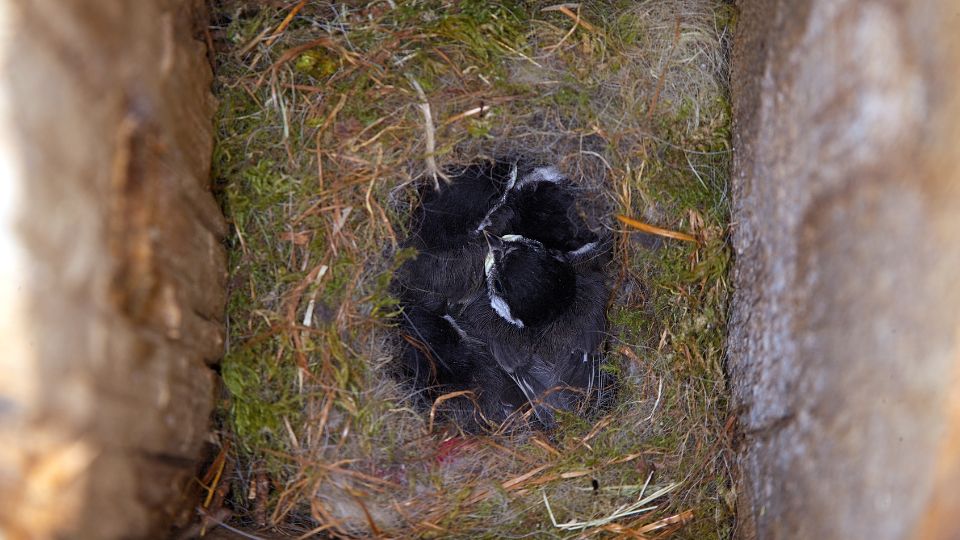
How many Broods do Chickadees raise in a single season?
Unlike other songbirds, the Black-capped chickadee only lays one brood per season, with a few exceptions. If a test fails or it’s destroyed, Chickadees will find another location to try again- sometimes, but not always.
If a Chickadee’s nest fails inside a nesting box, it will not return to that location to lay eggs. If this happens, remove your nesting box, clean it out, and place it in a new area.
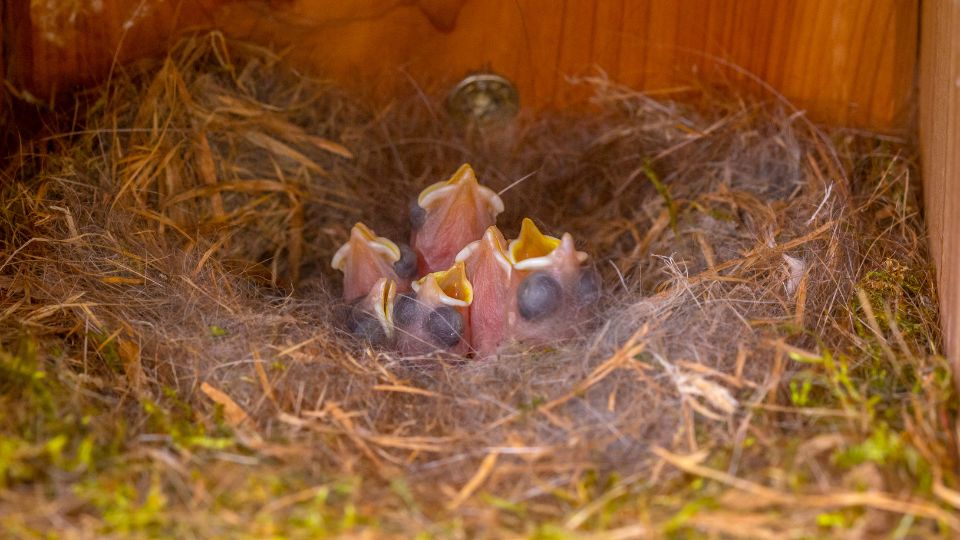
How Long Does it Take Chickadee Eggs to Hatch?
The clutch size of the Black-Capped Chickadee ranges from one to eight, with seven being the average. The female chickadee lays one egg daily, typically early in the morning. When she finishes laying her brood, it’s time for incubation.
During incubation, it’s noted that the male and female take turns sitting on the nest. While the female is gathering food, the male sits on the nest. At nighttime, both males and females sleep inside the nesting box.
The chickadee’s incubation period lasts up to 13 days before the eggs start to hatch. The mother keeps the nestlings warm while the male brings the brood food.
What do Baby Chickadees Eat?
Growing nestlings need a lot of protein before they head out of the nest and primarily eat caterpillars, mealworms, and other bugs. While still in the nest, the male brings the young birds catepillars and other bugs. Around day 16, the nestlings are ready to leave the nest.
Juvenile Chickadees leave the nest early in the morning. It’s documented that parents stop feeding their young birds a few hours before they leave the nest (food is a powerful motivator!).
While out of the nest, the parents continue to feed their young birds for a few days and teach them how to forage for their food. Between days 5-10 after leaving the nest, fledglings become more independent in finding their food.
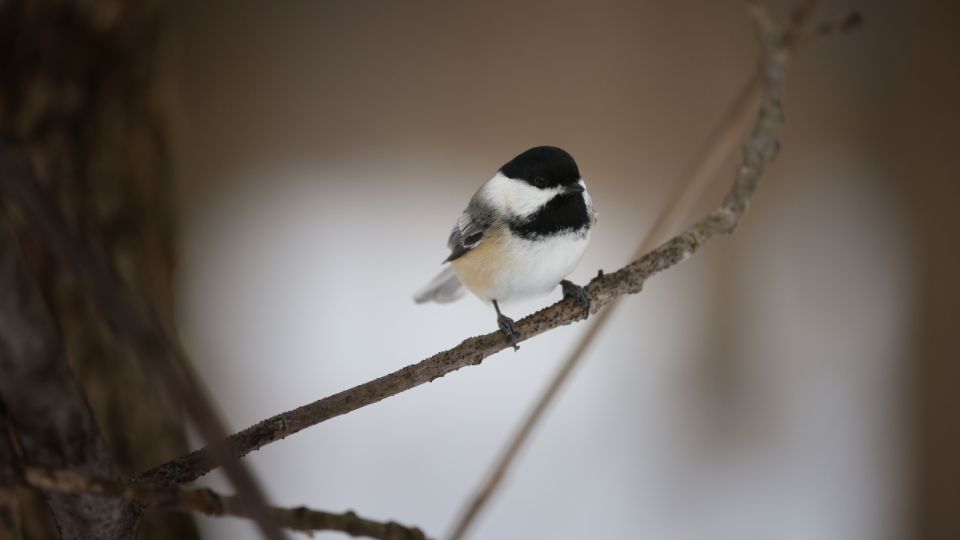
Tips for Attracting Chickadees to Your Yard
You aren’t alone if you can’t get enough of these delightful little birds. If you want to fill your backyard space with the dee-dee-dee of these little songbirds, follow these helpful tips below!
- Provide plenty of food and a good water source. Chickadees are likelier to make nests and raise their young in spaces close to food and water. Opt for birdfeeders packed with sunflower seeds or suet feeders with mealworm cakes. Also, a few bird baths will attract Chickadees.
- Find the right birdhouse or nest box. Since Chickadees are cavity-dwelling birds, you need to buy (or make) the right birdhouse. Opt for birdhouses without perches because Chickadees don’t need a perch, making it easier for hungry predators to climb into the nest. Make sure it’s not too big or too small and has an entrance hole big enough for a Chickadee.
- Entice the Chickadees into their nesting box. Adding a little black oil sunflower and wood shavings inside the nesting box is a great way to attract these small songbirds into your birdhouse.
- Discourage Other Birds from Nesting. Birds like House Sparrows love nesting in boxes reserved for Chickadees, Warblers, and the Tufted Titmouse. There are a few ways to deter sparrows from making a nesting in the new box. Make sure your box doesn’t have a perch, and make sure it’s the regulation size that is perfect for Chickadees but not for House Sparrows!
If you follow these simple tricks, you’ll turn your backyard into a space where Chickadees will love.

